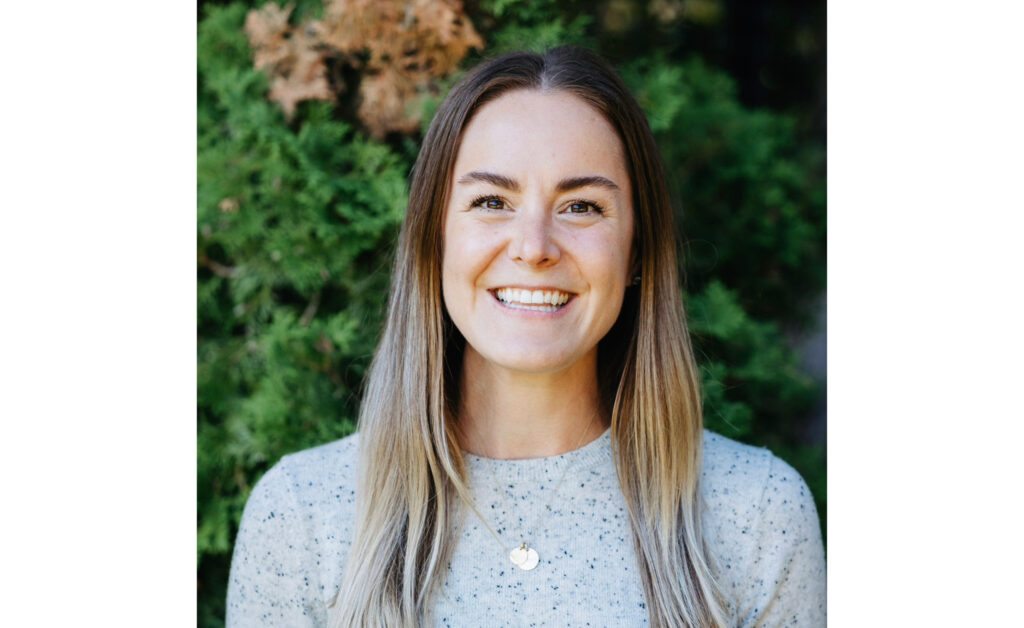by Renée Jordan, Co-Founder, Earlybird –
The thinking used to be that all kids needed were some 123s and ABCs, but we now know that how a child thinks, and how they get along with others, is equally if not more important than the information they can learn and memorize. Reading, writing and math is still important, but as parents and caregivers we also want to make sure we are building our children’s social-emotional, motor and creative thinking skills as well.
The good news is we can do this through play! Play is the child’s lab. It becomes the space for children to experiment with new knowledge and theories, and reenact experiences to solidify understanding. The deepest learning happens through joyful, engaging, meaningful and interactive experiences.
Spring is here. With the flowers in bloom and the sun shining, it’s the perfect time to head outside and get your kids exploring, playing and learning. So whether you’re trekking through John Dean Park (ȽÁU,WELṈEW̱), combing the beach at Island View, playing at Tulista Park or just killing time in your backyard, try to look for opportunities to infuse a little playful learning into your everyday routines.
Something as simple as going for a family walk or hike is great for your child’s gross motor development in and of itself. But you can make the walk even more playful, and build their colour identification and observation skills as you go. Before you head out, grab a scrap of cardboard or a sheet of paper. Scribble a few different colours all over it to make a colour scavenger hunt. As you walk, have your kids observe the world around them and find all the different colours on their hunt, in the real world. You could even place the hunt on the ground, and search the area for items of various colours that you can pick up and match to the colour hunt (matching is an early math skill too!).
After you come in from your hike or nature walk you can use any nature treasures you’ve collected to do a little art, an activity that builds kids’ skills in all the important areas all at once. As they create, your child will be working on their fine motor skills, thinking creatively, building their communication skills and deepening their social connection with you as they play. So grab any acorns, stones or chestnuts you found on your walk because they are perfect to paint with. All you need to do is cut up a sheet of paper to the size that fits inside one of your lidded containers. Place the paper inside, and add a few drops of liquid poster paint to the paper. Place your nature treasures inside before securing the lid. Pass the sealed container to your child and let them have fun shaking the container as big and vigorously as they want to. When they’re done, open the container and take out the paper to see the really neat design you have created.
Learning in the early years doesn’t need to be complicated; you can skip all the workbooks and flashcard drills. Instead look for creative ways to infuse a little playful learning into the everyday routines you are already doing, and watch your child flourish.




